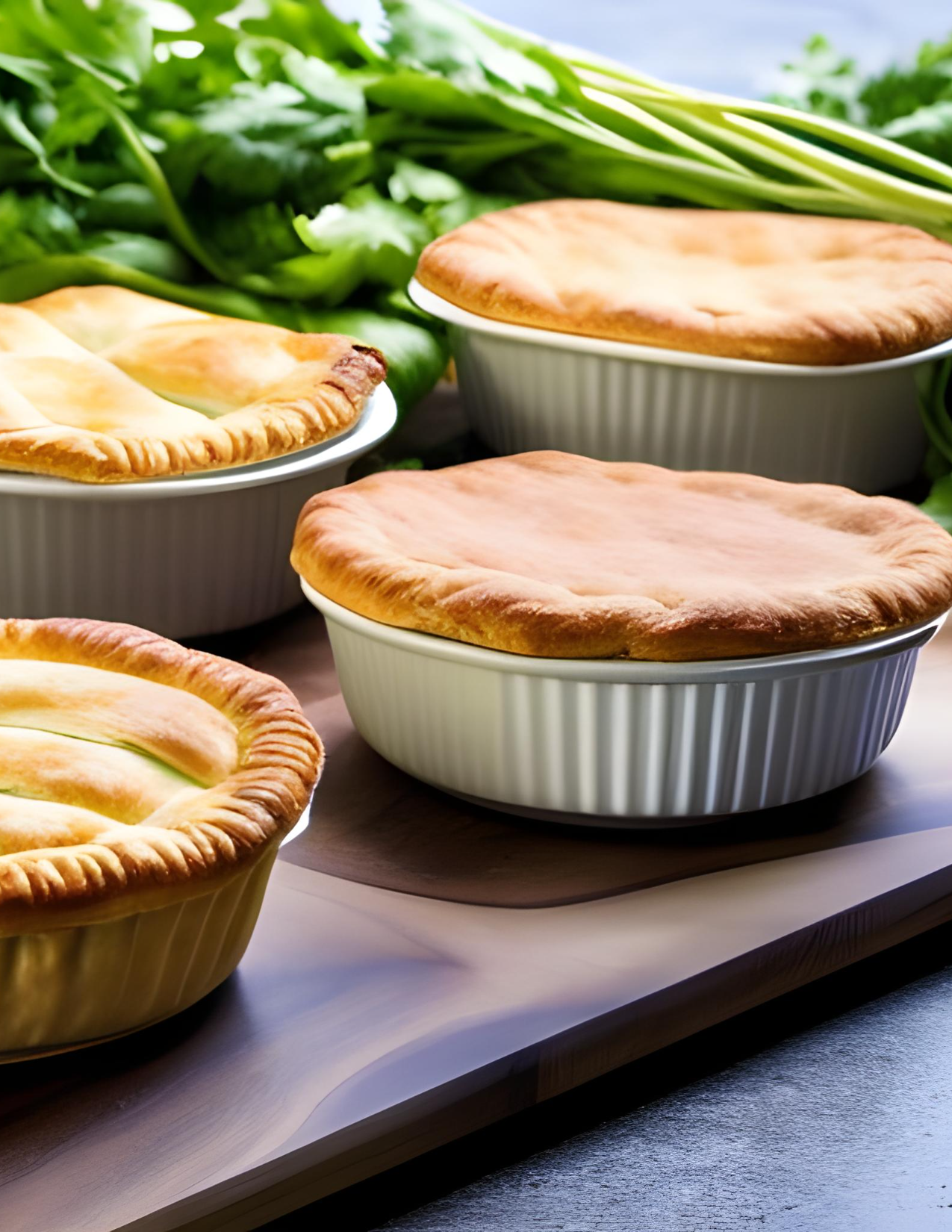
Load shedding leaves SA’s pie industry cold

Pie producers depend on electricity at every point in the supply chain: to bake or par-bake the product at the factory, to freeze frozen pies or chill fresh pies during delivery, and to keep pies warm for purchase. Power failures at any point along this chain negatively affect the product, resulting in wastage and further cuts into profit margins.
According to manufacturers, that is exactly what is happening. The findings of the Pie Market Assessment, conducted by BMi Research during 2022, were recently released, and reveal the true impact that load-shedding is having on this industry.
All producers said they were struggling with the sustained power cuts, especially the longer load-shedding stages and where stages were quickly swapped with little to no warning, which derailed baking schedules and hampered delivery times.
The effects of load-shedding are being most keenly felt in this industry because it was one of the sectors hardest hit during the Covid pandemic. Under hard lockdown in 2020, hot food sales were prohibited, and then only slowly phased back in.
Expectations were that the market would bounce back in 2021 as pandemic volumes were reclaimed and the industry began to grow again. BMi’s 2021 market research even pegged annual volume growth at above 5% for the next few years. But that didn’t happen. Infrastructure and power problems continued to hamper recovery efforts, putting the brakes on anticipated gains.
To quantify the true impact of load shedding on this sector, researchers used the difference between projected growth and actual growth achieved, with many respondents confirming that much of that difference could be attributed to load shedding.
What this showed was that long-term growth expectations had lowered considerably with much less volume growth per annum, as a result of the rolling blackouts and slow economic recovery. That equated to significant growth being shaved off the industry. So, although the pies category increased by double digits in 2021, following a double-digit volume drop in 2020, these figures have not yet reached pre-pandemic levels.
Larger, national producers that diversified their offerings, and bakeries providing bread and baked confectionery alongside pies, were best able to weather both the lockdown restrictions and subsequent slow economic recovery.
Producers that relied solely on pie production were hardest hit in 2020 and the slowest to recover in 2021. Small bakeries and smaller pie producers were the most vulnerable to negative economic conditions and resultant closure. The research showed that a number of smaller producers have since closed down.
Aside from load shedding, this industry has also had to battle inflationary increases and significant hikes in raw materials costs. Oil, used in the baking process and in pies themselves, more than doubled in price during 2022, while the paper needed for pie packaging has experienced double-digit price increases over the past 18 months. These were both as a result of the Russia-Ukraine conflict.
Along with the conflict, the continued negative impact of lockdowns on supply chains, mainly resulting in increased freight costs, further affected this sector.
Around 30% of raw materials used in the packaging industry are primarily imported from Europe, with a small percentage coming from the USA. Those regions have not faced inflationary increases in years. So, when energy prices spiralled after the start of the war, these countries put an energy surcharge on their production costs, expecting the energy prices to eventually drop. But they never did, and the war continues, so that surcharge became a realised price increase.
Packaging materials account for more than 60% of the overall product cost, pointing to the real impact of these price hikes on local manufacturers. These increases are now being passed onto cash-strapped South African consumers, who are already struggling to maintain pace with cost-of-living escalations and significantly reduced disposable income.
Pies are still an affordable, good value-for-money offering, relative to other meal options, but these factors mean that consumers are more cautious than ever before about impulse purchasing.
BMi’s research also revealed that the standard pie size of 151g to 210g remained the preferred size for pies across all pie types, and was an offering provided across the board by almost all pie manufacturers.
Regional players preferred non-foil pies, with many citing the cost of the foil as a deterrent to inclusion or the primary reason why it formed a smaller share of their offering.
Overall, the industry forecast a conservative volume gain from 2021 to 2022 with even more conservative growth expected in the medium term, as the market remains unpredictable, with radically changing consumer spending patterns.
Despite all this, the pie industry has shown remarkable resilience. During 2020 and 2021, many producers changed their product mix from fresh and frozen to just frozen, as well as their distribution channels, to accommodate the changing market conditions. This gave enterprising existing and new players the chance to take advantage of certain market opportunities.
As a result, we now have a number of innovative pie business concepts that have entered the market, and that are going a long way to help steady the ship in these uncertain times. This is encouraging, given South Africans’ love for pies as both a lunchtime snack or meal for the entire family on a loadshedding night when cooking is not an option.
BMi Research (Pty) Ltd is a research house specialising in consumer, retail, FMCG, educational and industrial research and is a wholly-owned subsidiary of the South African-based Cognition Holdings, a JSE-listed company.

